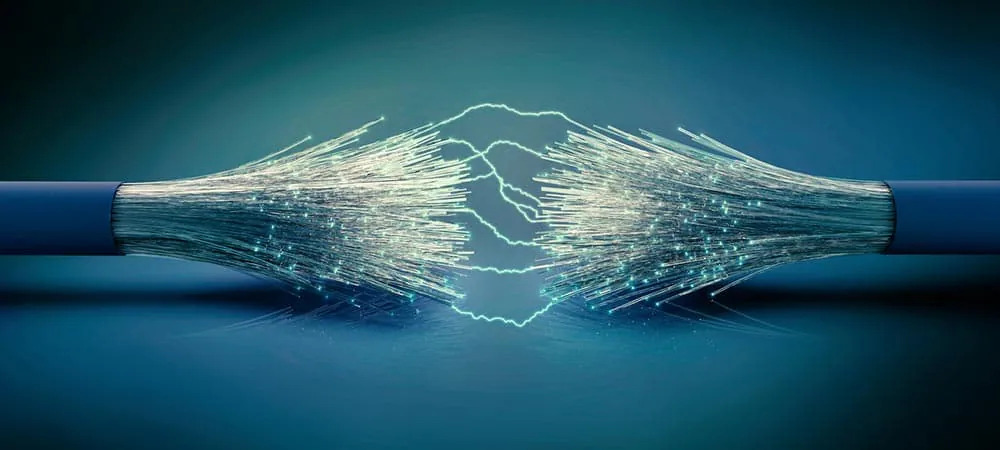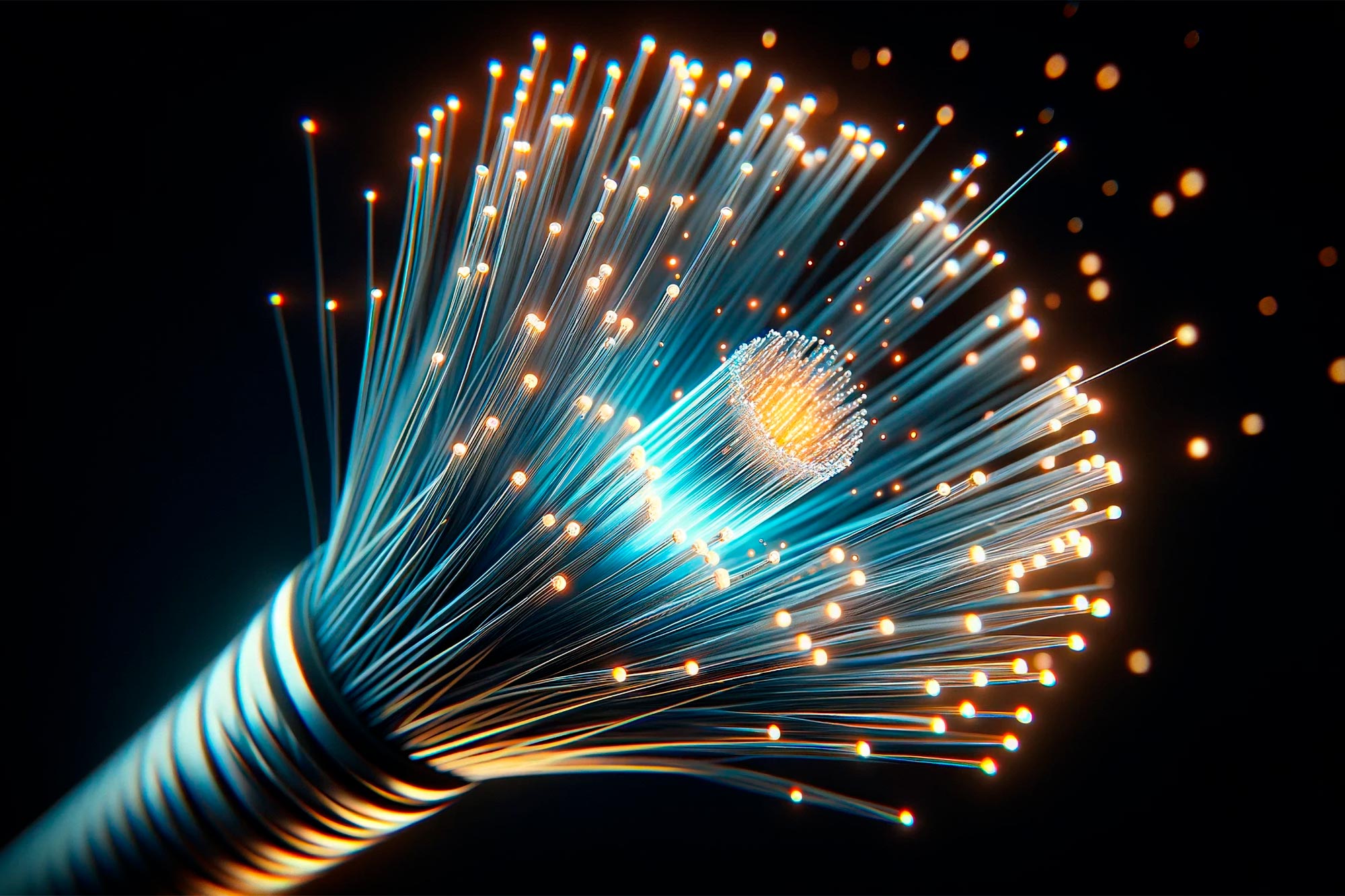What is Optical Fiber Technology?
We are aware that optical fiber has completely revolutionized the communications industry. A core, cladding, and coating make up an optical fiber in its simplest form, and it’s non-flammable and uses less power. Let’s take a closer look at optical fibers, how they work, and their applications in this article.
What is Optical Fiber Technology?
Optical fiber is the technology associated with data transmission using light pulses traveling along with a long fiber which is usually made of plastic or glass. Metal wires are preferred for transmission in optical fiber communication as signals travel with less damage. Optical fibers are also unaffected by electromagnetic interference. The fiber optical cable uses the application of total internal reflection of light. The fibers are designed such that they facilitate the propagation of light along with the optical fiber depending on the requirement of power and distance of transmission. Single-mode fiber is used for long-distance transmission, while multimode fiber is used for shorter distances. The outer cladding of these fibers needs better protection than metal wires.

How does Fiber Optics work?
Fiber optic systems consist of a transmitter, an optical fiber – which is the transmission medium, and a receiver. The following are five simplified steps as to how fiber optics work:
- Electrical data input enters data into the fiber optic system
- Transmitter accepts and converts input electrical signals to optical (light) signals and then sends the optical signal by modulating a light source’s output (either an LED or a laser) by varying its intensity
- Optical fiber, a thin strand of glass, is the transmission medium. Light signals travel through the core of the fiber, from one end to the other, by a property known as total internal reflection. Simply put, the light signal bounces down the core of the fiber, to the other end of the glass strand, by a series of reflections on the boundary of the cladding
- Receiver is the optical (light) to the electrical converter at the end of the glass strand. Here, the optical signals are received by a photodiode (photodetector), which converts the optical signals back into an electrical signal
- Electrical data output results, which can be decoded and processed by a router or network switch
Advantages and Disadvantages of Optical Fiber
Optical fiber cables are used mainly for their advantages over copper cables. Advantages include the following:
- They support higher bandwidth capacities.
- Light can travel further without needing as much of a signal boost.
- They are less susceptible to interference, such as electromagnetic interference.
- They can be submerged in water.
- Optical fiber cables are stronger, thinner, and lighter than copper wire cables.
- They do not need to be maintained or replaced as frequently.
However, it is important to note that fiber optics do have disadvantages. These disadvantages include the following:
- Fiber optics is often more expensive than copper wire.
- Glass fiber requires more protection within an outer cable than copper.
- Installing new cabling is labor intensive.
- Optical fiber cables are often more fragile. For example, the fibers can be broken, or a signal can be lost if the cable is bent or curved around a radius of a few centimeters.
Uses of Optical Fiber in Our Daily Life
What are they used for? You may have seen plastic fibers carrying colored lights in decorative applications. What you may not have seen are the real glass fiber optic cables that are now the foundation of our communication and computer networks. Many thousands of miles of installed fiber optic cable carry many types of information underground, in tunnels, building walls, ceilings, and other places you don’t see. Examples of uses of optical fiber in our daily life include applications such as:
- computer networking
- broadcasting
- medical scanning
- military equipment
In recent years, other fiber optic uses have arisen. Fiber optic cables have become the backbone for MANs, WANs, and LANs. There has been a trend toward “FTTX” or “Fiber to the XXXX” applications. That is, for example, Fiber to the:
- Home (FTTH)
- Curb (FTTC)
- Premise (FTTP)
- Building (FTTB)
- Node (FTTN)
Initially, fiber optic uses were primarily trunk cable lines designed to carry signals to larger populated areas. Over time, these cables have extended their reach to the home, the building, etc., giving rise to the FTTX trend.

Conclusion
Optical Fiber has gained popularity in recent years, and due to its advantages over other types of cables, fiber optics have become the backbone for MANs, WANs, and LANs. The usage of optical fibers will keep increasing faster because of their use in various industries.